Previously we’ve examined the things that fly, stomp, shamble, and leap across the weird war battlefields of Konflikt ’47 – they’re dangerous places to be! Naturally, with all these threats on the loose, an old-fashioned rifle isn’t always going to cut it. Today, we’re taking a look at the Rift-tech developments in firepower made by Allied scientists that evolved to counter the monsters and machines of 1947 – the legendary Tesla weapons!
With the opening of the Los Alamos Rift, and the early introduction of Rift-tech weaponry to the Second World War, ground combat would change forever. Particularly in the early period of the war, however, for the average infantryman or anti-tank artilleryman, there was frequently little to no difference in their equipment whatsoever. When confronting conventional enemy forces, this was not an issue, but as the war progressed and Rift-tech was increasingly deployed across the world, it became readily apparent to the belligerents that comprehensive firepower upgrades were required.
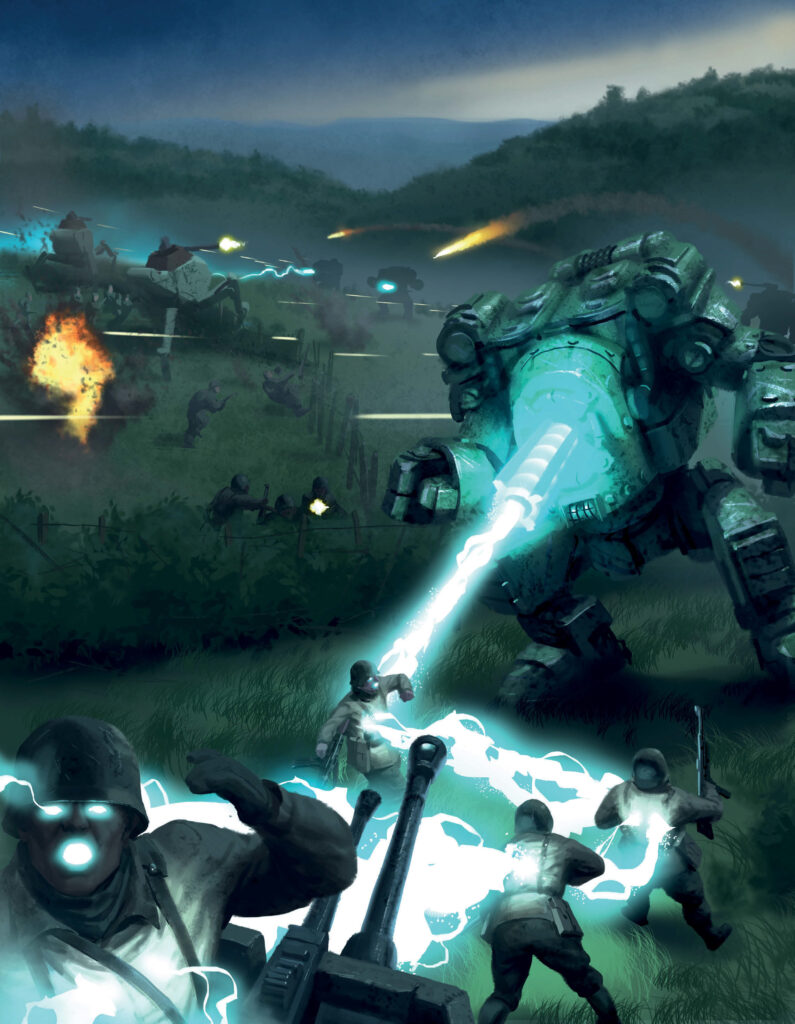
With their early access to the whispers of the Rift, the US were the first power to begin a serious program of weapons development utilising Rift-tech principles. Although the reclusive polymath, Nikola Tesla, had died in 1943, he’d left behind an enormous collection of partially completed devices and blueprints, including that of his legendary ‘death ray’. Long believed to have been either a hoax or a work of sheer fantasy, this device was initially placed in storage while the US Army concentrated on Tesla’s revolutionary electrical power theories. The death ray would remain in storage until mid-1944, when it was re-discovered by one Captain Elliott of the US Army. Elliott, an expert in the field of vehicular electrical systems, recognised this ‘death ray’ for what it really was – a device that projected a powerful electrical arc over several metres. Non-functional due to the unavailability of a suitable power source at its time of construction, Elliott was able to pair the weapon with a new Rift-tech powerplant, enlarged the discharge array, and mounted the entire assembly on a modified M1 anti-tank gun carriage. In field testing, the weapon proved devastatingly effective, firing lethal arcs of crackling electricity over a short, but nevertheless servicable distance. Against organic targets the effect was predictably lethal, with the unexpected ‘arcing’ of the charge between individual targets in close proximity (in the test case, an unfortunate flock of sheep) being seen as a potent anti-infantry weapon, whilst armoured vehicles instantly became electrified deathtraps as they absorbed the weapon’s charge.
The US Army was keen to order the new weapon, which Elliott had named the ‘Tesla Cannon’ in honour of its inventor, into service as soon as possible, but problems arose with the weapon’s power system, which proved to be concerningly radioactive. Lead shielding was found to be effective in protecting the crew, but this made the batteries prohibitively heavy for rapid redeployment. While a team of Army engineers and scientists grappled with this issue, it was found that the cannon and required battery shielding could be accommodated in the turret of an M4 Sherman if the loader’s position was eliminated. Although this increased the gunner’s workload in combat, the increase in firepower was considered more than worthwhile, and the M4A9(T)S ‘Sherman T’ would be deployed in ever-increasing numbers from April 1945 during Operation Newport, proving a popular and effective vehicle – even if rumours abounded that Sherman T crewmen could be identified by the fact that they glowed in the dark!
With the Sherman T force operating effectively in Europe, usually integrated at the troop level in a manner very similar to the British ‘Firefly’ variants, work continued to perfect the technology. By August of 1945, British scientists had been ‘read in’ to the Tesla project, and work began at the top-secret Finch Works in Nottinghamshire to adapt the new weapon for British use. Deployment began in late 1945 with the production of the Cromwell-T, which followed identical principles to its US Sherman counterpart on the ubiquitous British cruiser tank chassis. With glowing reviews from field-testing units, the Cromwell-T would be rolled out as quickly as they could be produced or converted, replacing Sherman Fireflies as the augmenting component of Cromwell troops; commonality of parts improving maintenance and reliability levels at the front. This was a welcome boost to Allied firepower on the front lines, greatly appreciated as the Axis deployed larger walkers and greater horrors.
An attempt was made to fit the by-then proven and mature Tesla cannon into the M8 walker chassis, following the ‘Sherman on legs’ philosophy adopted by the US Army. While a relatively simple conversion process saw the new M8A3 ‘Tesla Grizzly’ enter service in the spring of 1946, issues would quickly become apparent with the Tesla battery shielding, leading to the widespread withdrawal of the type within six months for urgent corrective work and redesign. Throughout this period, however, the British and American demand for a crew-served Tesla cannon was becoming increasingly urgent, as even the formidable 17 Pounder was beginning to struggle against the very latest Axis and Soviet vehicles, whilst in the anti-infantry role, hordes of shambling undead and lightning-fast monstrosities would frequently prove too much for traditional defensive machine gun fire to deal with. Similarly, with mass German adoption of the StG 44 as a primary infantry small arm, Allied troops often found themselves at a disadvantage in the kind of platoon-level firefights that characterised much of the fighting during 1946. As a stop-gap measure, Sherman-T and Cromwell-T turrets were modified and emplaced on pillbox foundations, similar to the German Panzerturm concept, to provide static defence, but while effective enough when guarding known avenues of attack, it was always clear that true field gun mobility would be needed.
With the maturation of infantry heavy armour, and further rift-tech improvements to the dangerous Tesla power sources, it was felt that the need for a Tesla cannon on a field carriage now outweighed the risks inherent in the system, and Captain Elliott’s original designs were revisited, revised, and quickly put into production as the M17 Tesla Cannon on Carriage M3. Initially, gun crews were issued with thick, lead-lined aprons and masks, but this was found to severely inhibit their ability to effectively operate their weapon. Given that the majority of early M17s were issued to Armoured Infantry units in both British and American service, it was decided to simply equip the crewmen with the same suits as their infantry colleagues. This had the dual advantage of providing plenty of radiation shielding, as well as significant protection from incoming fire, and allowed the Tesla cannon to operate where they were needed most – right in the thick of the action. Unarmoured crews would continue to see service as more and more conventional units received M17s, with doctrinal differences quickly emerging in how the weapons were deployed and utilised between the different formations.
As part of the introduction of the crew-served M17, some advancements were made in the field of powercell miniaturisation, which allowed for smaller vehicles to carry a lighter version of the weapon, designated M21. Seen as the ideal replacement for the thoroughly obsolete 37mm guns so common in the early part of the war, the M8 armoured car and M5 Stuart light tank were chosen as ideal platforms for the new weapon, with the M8A3 ‘Tesla Scout’ entering widespread production at the end of 1946 and proving a crucial asset for US reconnaissance forces. Development of the M5 ‘Stuart-T’ was less prioritised, but significant numbers would eventually be provided as military aid to the Italian Co-Belligerent forces, where they would be greatly appreciated for their tactical mobility and ability to punch well above their weight.
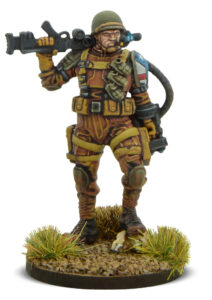
The final major development programme for the Tesla concept bore fruit in early 1947, with the small-scale introduction of the Anglo-American Rifle, Heavy, Tesla, M11 – a man-portable, miniaturised version working on the same basic principle as the M17. Developed by a team spearheaded by Group Captain Weston of the War Office’s Experimental (‘E’) Division, and extensively tested by the men of the 7th Battalion, Grenadier Guards, the weapon provided infantry squads with the lethal capabilities of the Tesla effect (albeit of a much lesser magnitude than the cannon) that could fill the same niche as the squad light machine gun. The issue of powerplant radiation was solved by the use of a two-man crew – one gunner, and a ‘loader’ carrying a very small Tesla power cell encased in a thick, lead-lined box. While safe, this small cell allowed for only a limited number of firings between charges, but the system was well regarded by the Grenadier Guardsmen who carried out the initial field and combat trials, in which it was deemed to be a genuine upgrade over the venerable Bren gun, particularly when fielded alongside the prototype EM-2 assault rifles also under test with the battalion. The US Army was very keen to acquire these heavy Tesla rifles, but with production not yet in full swing by February of 1947, only a very few were available. These were issued to the secretive Paragon units, who like the British Grenadiers, reported favourably on their capabilities, and Group Captain Weston and his team were ordered to continue working on the miniaturised Tesla weaponry program, with one-off and unique prototypes being deployed on an ad-hoc basis with various special forces units for evaluation.
On the tabletop battlegrounds of Konflikt ’47, Tesla weaponry provides American and British forces with a versatile solution to both infantry and armoured threats. With two penetration values (the lower used against infantry, the higher against vehicles) of +1/+7, and a range of 36”, the M17 Tesla cannon is more than capable of taking on all but the nastiest units it can expect to come up against. When used against infantry, the Tesla effect becomes even more pronounced – after rolling a successful hit, it generates d6 additional hits on the unit, as deadly lightning arcs between men. When combined with supporting fire such as machine guns, there are very few more effective ways to get rid of enemy infantry in a hurry! The lighter Tesla weaponry replicates these effects, although of course with commensurately less power – but of course, that means you can take more of them!
Ever wanted to own a death ray? Of course you have! Now, thanks to the boffins on both sides of the Atlantic, you can have one (or two, or three) of your very own. Get out there, and get zapping!
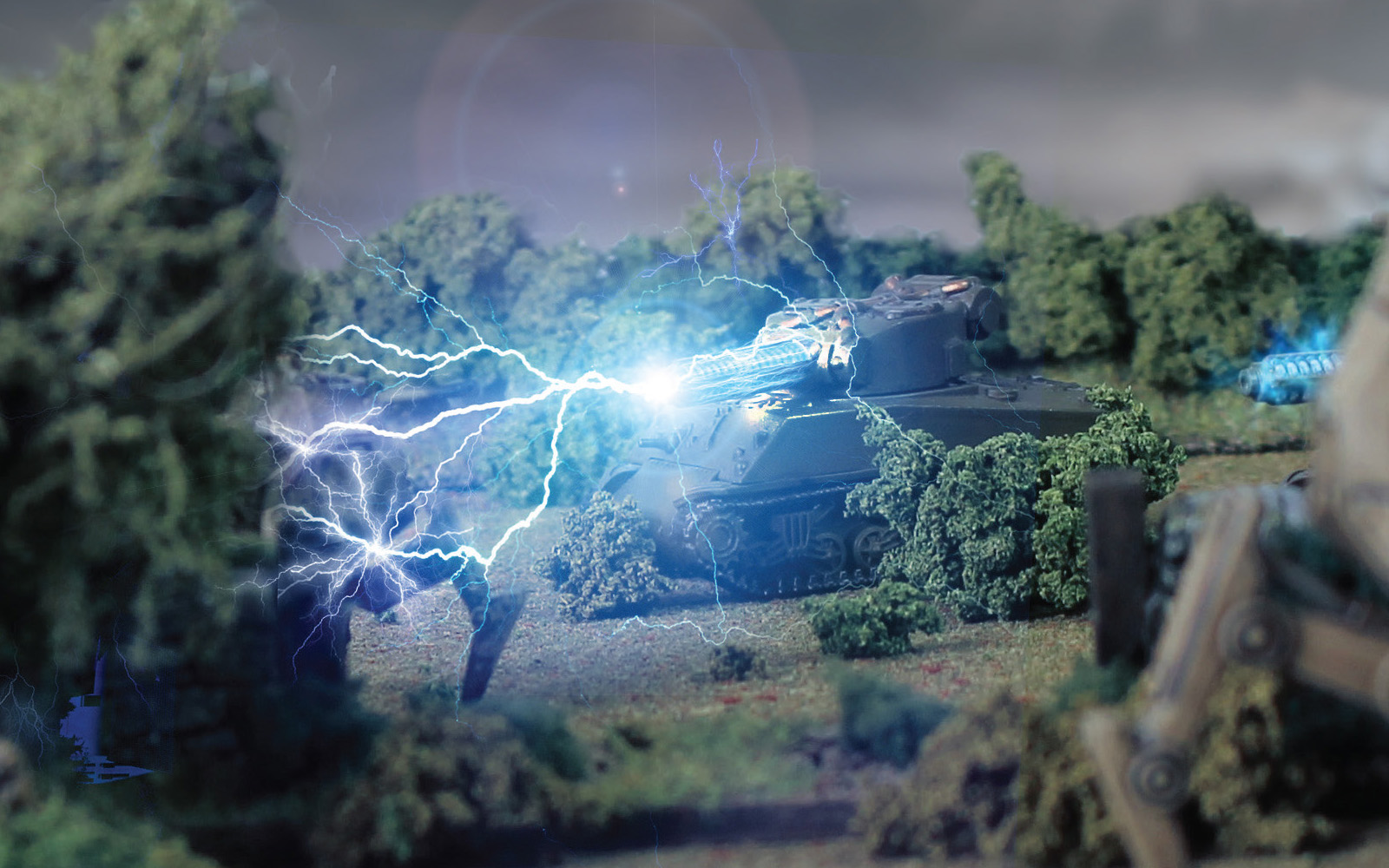
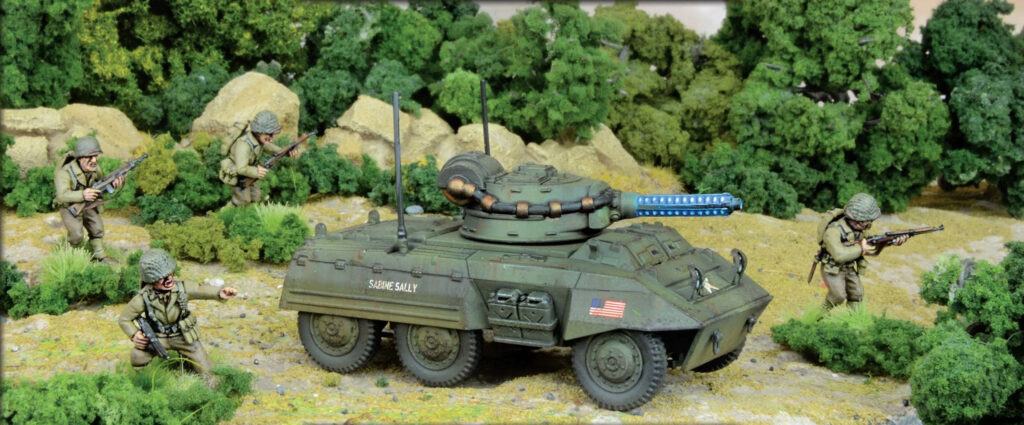
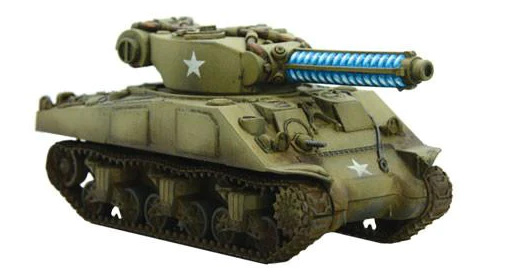
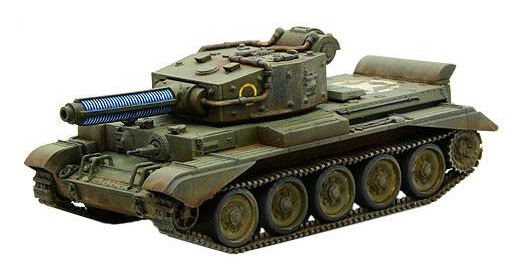
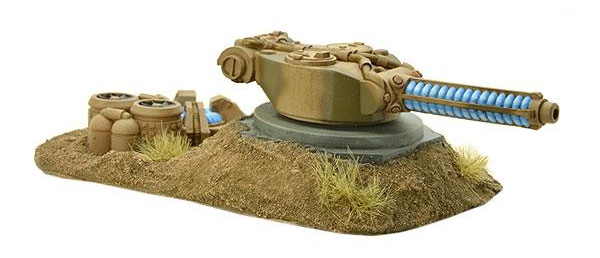
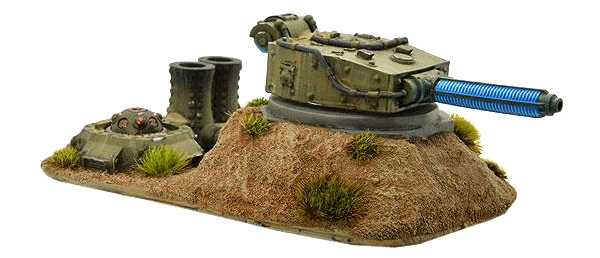
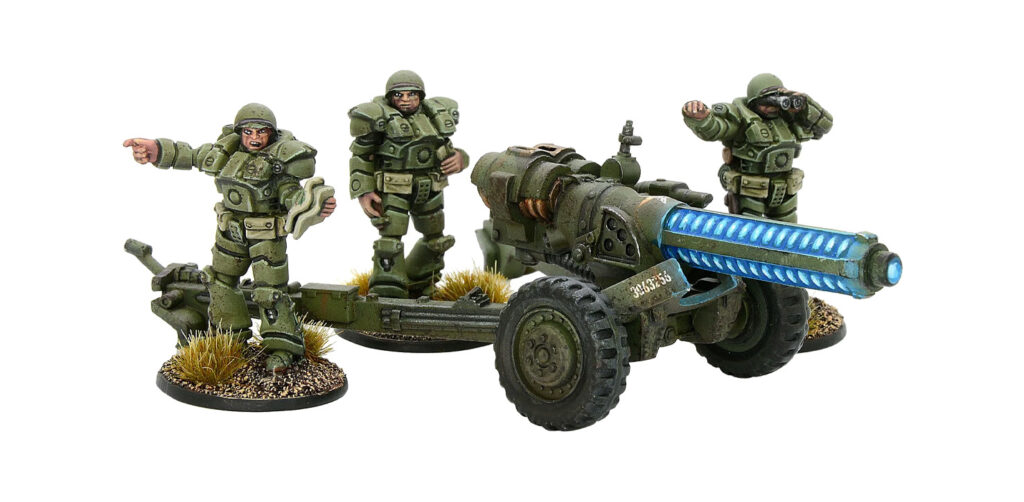
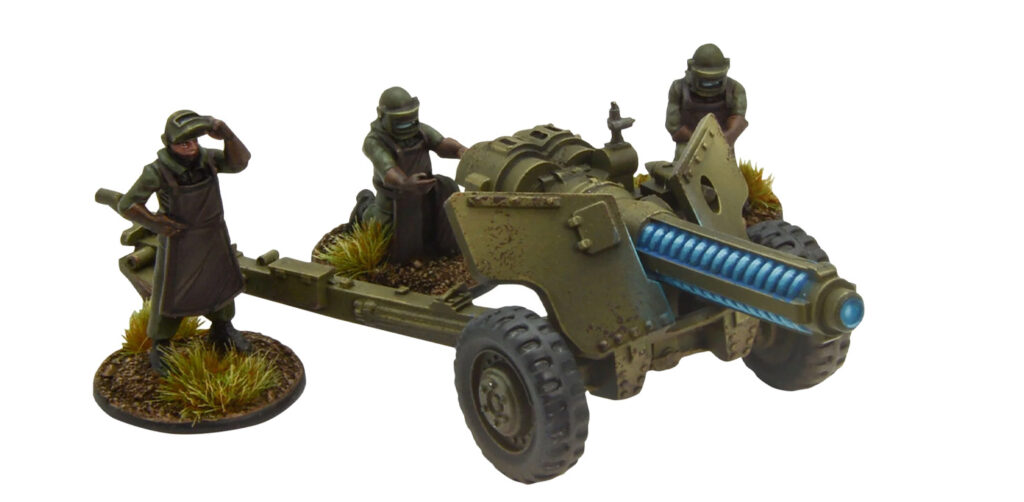
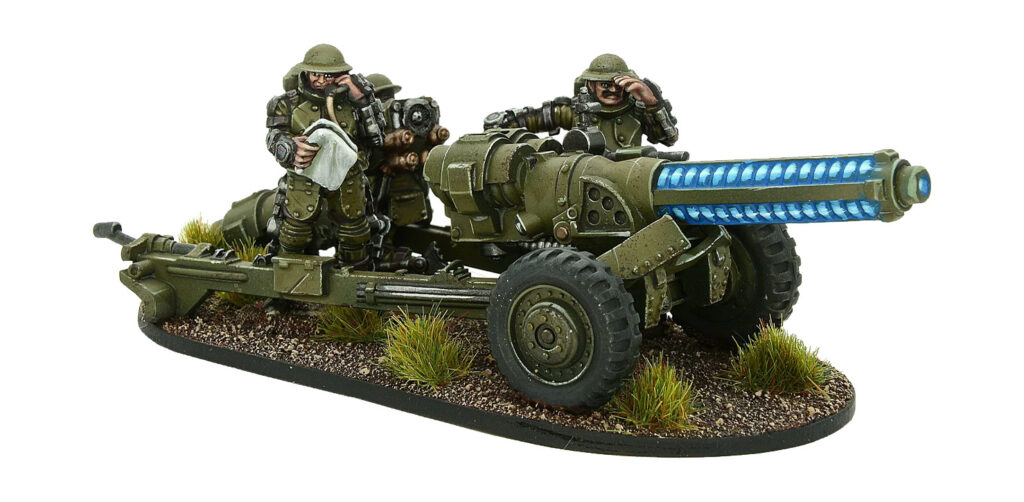
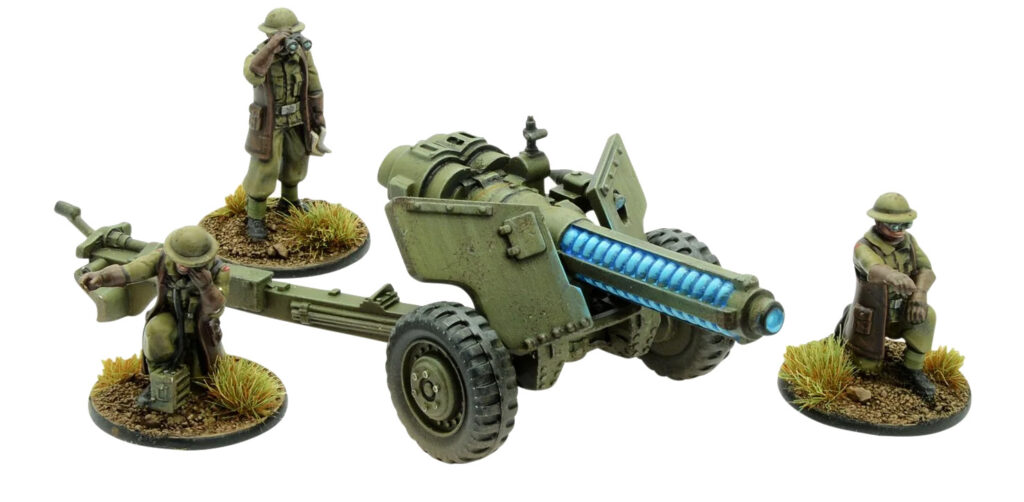
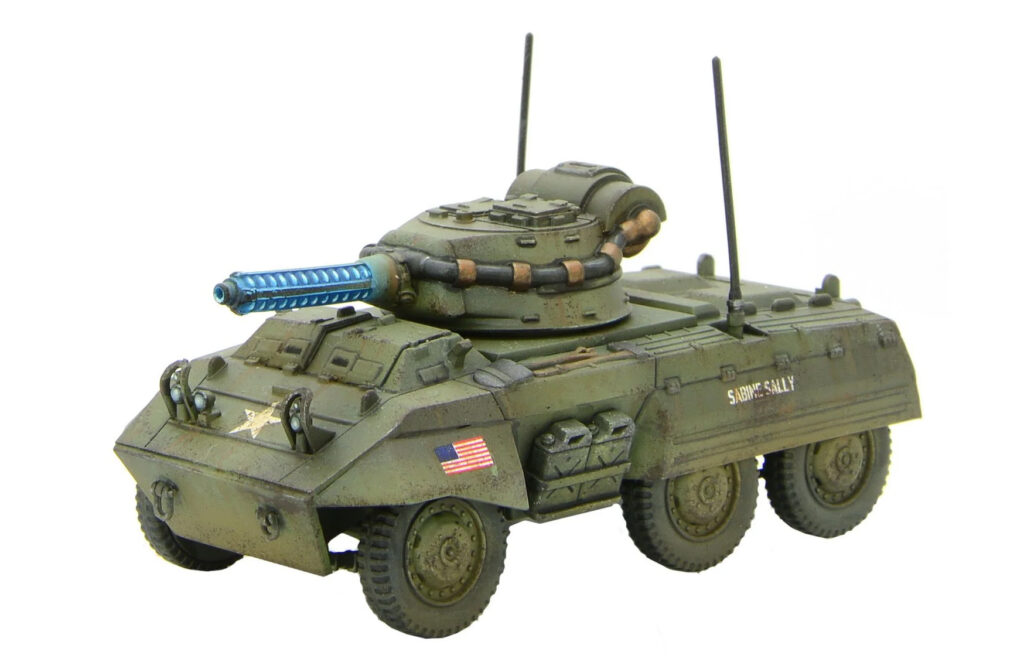
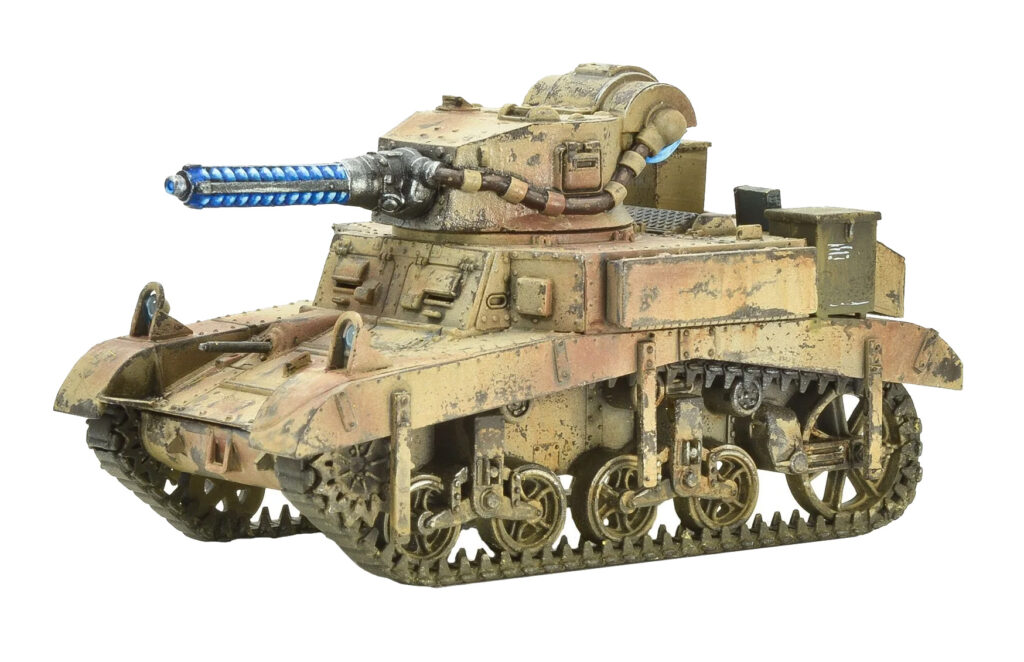
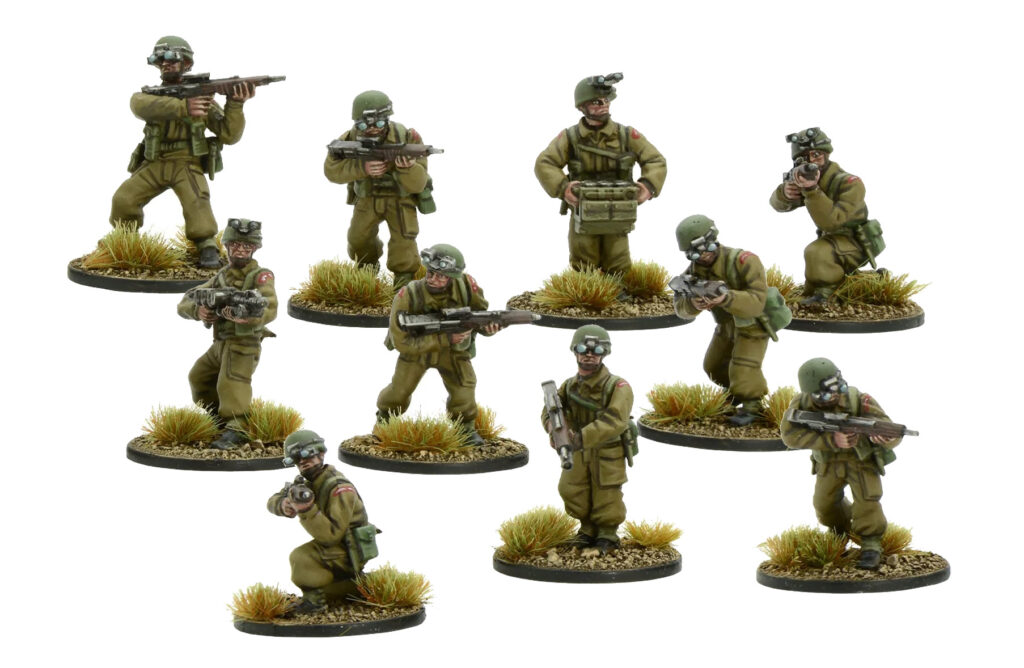
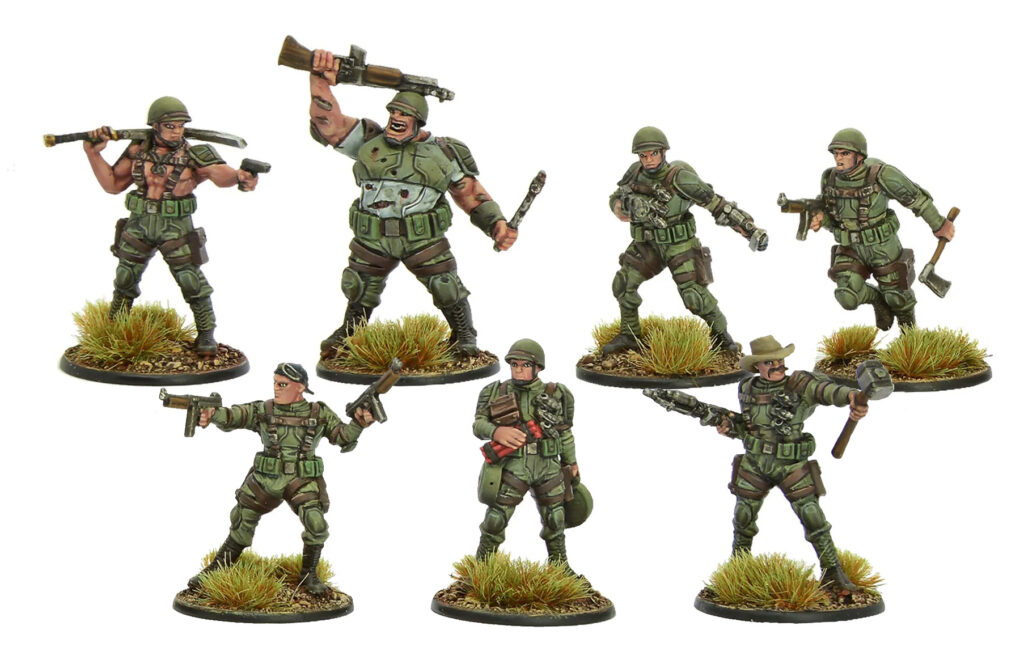
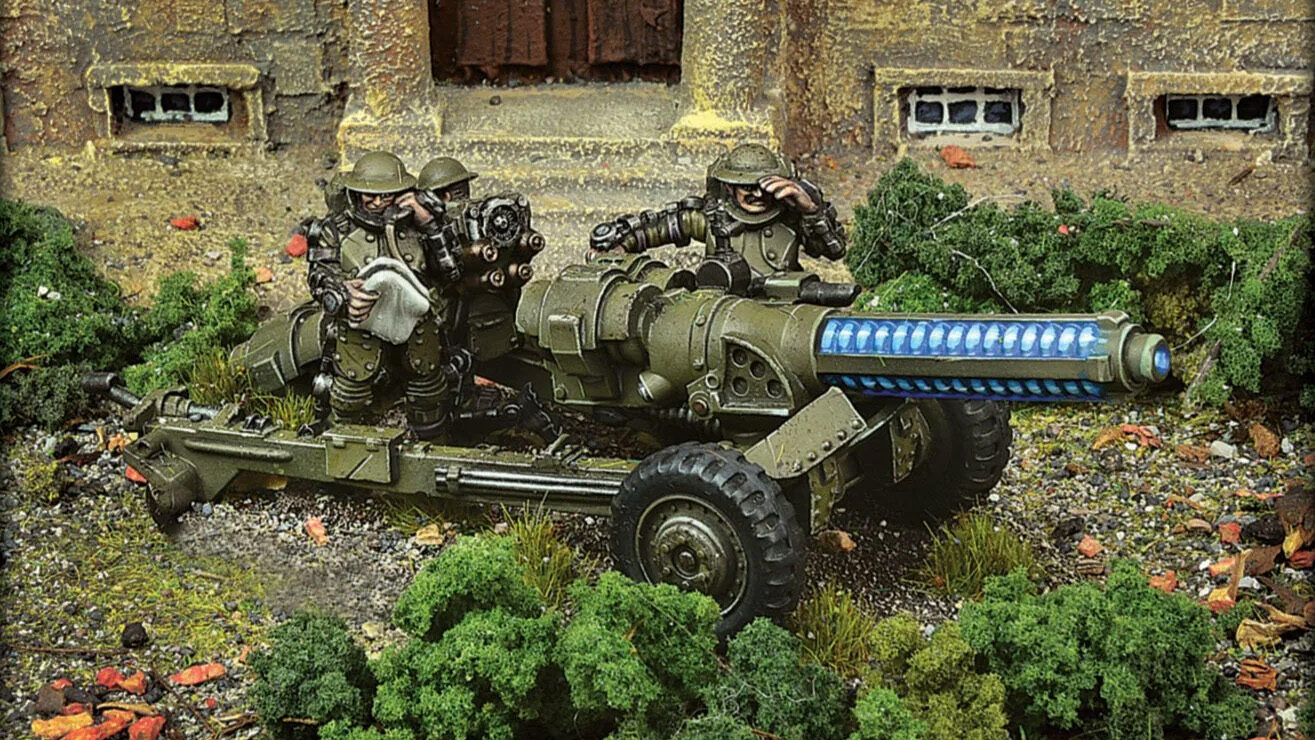
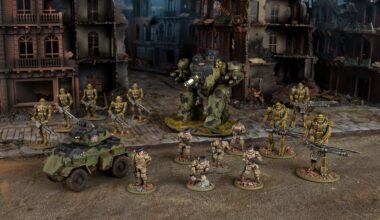
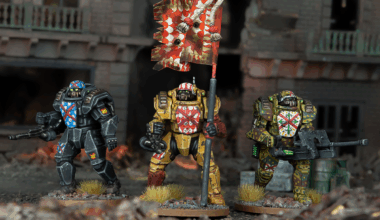

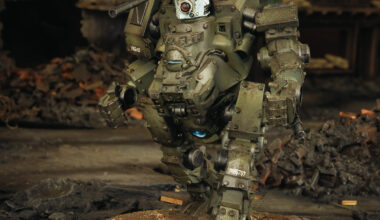
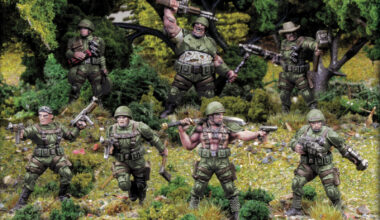
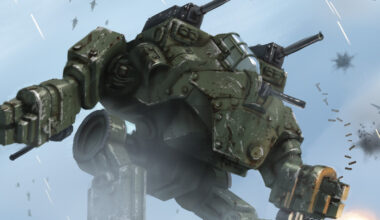
2 comments
“With glowing reviews from field-testing units”
I see what you did there (≧▽≦)
Love the K47 Articles, but really disappointed that we haven’t gotten any info on where the game is heading. Its hard to get new folks involved without new releases, lore or updates.
Comments are closed.